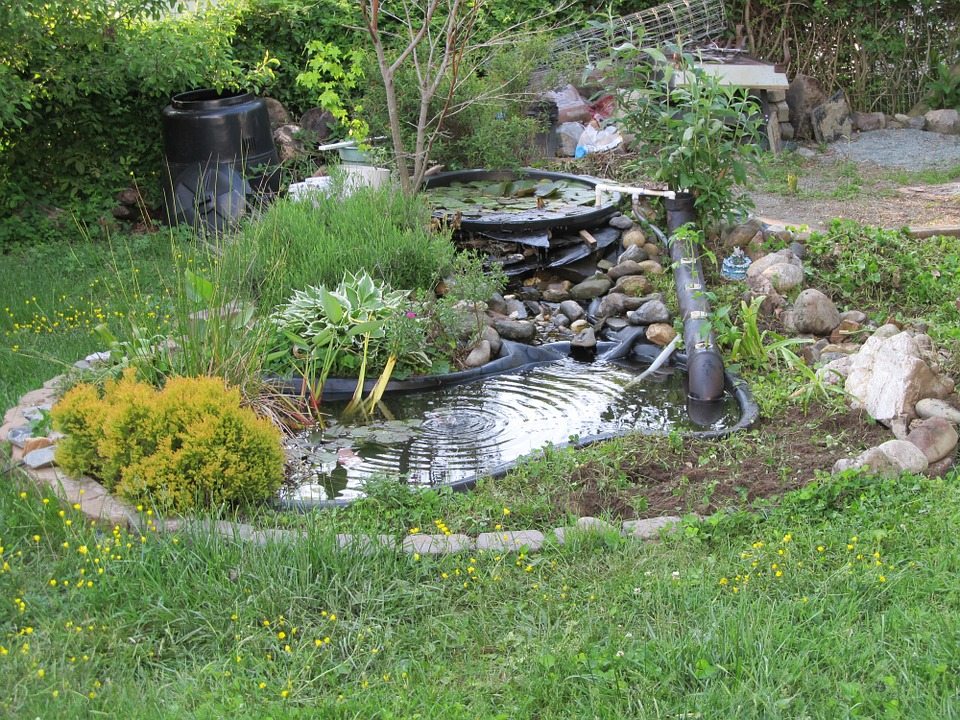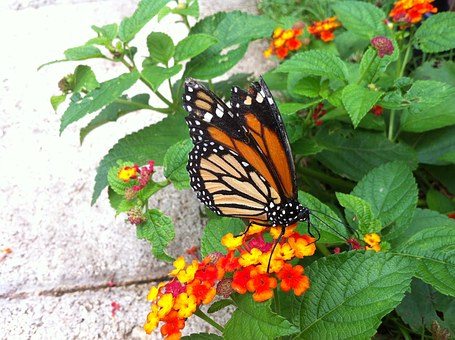With a shift away from grass-filled lawns that require water, energy, and resources like gas and oil to maintain, many people are seeing the benefits of more natural landscaping environments that include water features. Below are some methods you can use to maximize the positive environmental impact of your backyard pond.
Enhance Nature, Don’t Disrupt it
When you’re looking to make significant changes to your landscape, consider the wildlife in your area. Inviting wildlife is a great environmentally friendly way to update your yard. Are there squirrels that nest in your trees? Do birds find refuge in your lawn? Will additions help or hurt these creatures?
Ponds can be a great addition to a lawn if done right. Hummingbirds, butterflies, and rabbits can find a safe home in and around a small backyard pond. Birds and other wildlife benefit from having a fresh source of water. Native plants will grow better with proper water sources. Just be sure to take into account the pros and cons of changing the current ecosystem. Many lawns are already not nature friendly, so a pond will most likely be an improvement. But make sure you’re not destroying habitats or plants that are beneficial for local fauna.

A great way to attract wildlife and reduce your overall negative impact on the environment is to compost. Composting prevents biodegradable materials from ending up in landfills and improves the health of your lawn and garden at the same time. Successful compost attracts worms, which in turn attract birds and other native species. Since ponds can create the moist ground that worms need to thrive, it’s possible that the presence of your pond will speed up the composting process!
Avoid Chemicals and Synthetics
Ponds have to be maintained in order to have a positive environmental impact. Standing water can attract mosquitos and other disease-carrying insects. Algae buildup can have toxic effects on nearby native plants. If there are fish in your pond, they excrete urea, which becomes ammonia. It’s important to use natural pond filter media that keeps algae and chemical substances from building up. It’s also important to encourage water circulation, either by adding a fountain or changing out the water regularly. Landscaping choices can also cause the water to flow naturally.

Prevent Water Waste
Water features can be great for your immediate surroundings, but you also want to make sure you’re not contributing to water waste. If you often change the water in your water features, make sure you put the used water to good use in your garden or use it to water your lawn. Consider harvesting rainwater to use in your home and landscaping.
One of the most common sources of wasted water is outdoor faucets. Fountains and hose hookups can easily leak into grass without being noticed. Check out these tips for conserving water by fixing plumbing problems both in and outside the home.
A backyard pond can be a great natural addition to your landscaping. When done correctly, ponds provide shelter and water to native wildlife and support for native plants. Being conscientious of how your landscaping choices affect your local ecosystem can help you maximize the positive effects of your new pond.
From time to time, Water – Use It Wisely features guest bloggers who write about topics related to water and water conservation. Jeriann Watkins Ireland, the author of this article, is a sometimes-hipster with a passion for music, writing, and food. You can read more of her articles at https://dairyairhead.com/


